Functional/specialty fertilizers are a category of fertilizers that combine nutrient supply with specific physiological functions. Their core is based on macro- and micro-elements like nitrogen, phosphorus, and potassium, with the addition of functional components such as humic acid, seaweed extract, biochar, and silicon, or modified using special processes like magnetization and activation. This achieves the dual goals of “fertilization + solving specific production problems,” meeting the needs of modern agriculture for enhancing crop resistance, improving soil quality, and optimizing agricultural product quality.
Core Categories and Mechanisms of Action
The function of functional/specialty fertilizers is strongly correlated with their added core components. Different categories address different production pain points. Common types include:
Humic Acid-Containing Fertilizers
Core Components: Humic acid (mainly fulvic acid and brown humic acid) extracted from peat, lignite, and weathered coal.
Dual Functions
Nutrient Supply: Can be combined with nitrogen, phosphorus, and potassium to create humic acid compound fertilizer, providing essential nutrients for crop growth.
Soil Improvement + Growth Stimulation: The functional groups of humic acid can adsorb heavy metal ions in the soil, reducing the risk of soil pollution; it also promotes the formation of soil aggregates, improving soil permeability and water and fertilizer retention capacity; and it stimulates root cell division, enhancing root absorption capacity and strengthening crop drought and cold resistance.
Applicable Scenarios: Improvement of saline-alkali land and compacted soil; base fertilizer or top dressing for field crops and fruit trees.
Contains Alginic Acid Fertilizer
Core Ingredients: Natural bioactive substances (algal polysaccharides, amino acids, cytokinins, etc.) extracted from seaweed such as kelp and algae. Dual Functions
Nutrient Supply: Seaweed itself contains nitrogen, phosphorus, potassium, and trace elements such as zinc and boron, which can directly supplement crops with nutrients.
Stress Resistance and Yield Promotion + Quality Improvement: The bioactive substances in alginic acid can activate the crop’s own defense system, enhancing resistance to pests and diseases, lodging resistance; promoting fruit enlargement and coloring, increasing fruit sugar and vitamin content, and improving the flavor of agricultural products.
Applicable Scenarios: Foliar spraying or fertigation for cash crops such as fruits, vegetables, and flowers; restorative fertilization during periods of crop stress (drought, low temperature).
Silicon Fertilizer
Core Components: Soluble silicon compounds such as monosilicic acid, potassium silicate, and calcium silicate (distinct from the insoluble silicon in traditional silicon ores).
Dual Functions
Nutrient Supply: Silicon is a “beneficial element” for crops (especially important for silicon-loving crops like rice, wheat, and sugarcane), participating in cell wall synthesis;
Stress and Disease Resistance + Lodging Resistance: Silicon deposits in crop epidermal cells, forming hard “silicified cells,” enhancing stem toughness and reducing the risk of lodging; it also blocks pathogen invasion, reducing the occurrence of diseases such as rice blast and wheat powdery mildew; and it can reduce fruit deformities and cracking rates in fruits and vegetables.
Applicable Scenarios: Rice, wheat, corn, and other gramineous crops; cucumbers, tomatoes, and other greenhouse vegetables.
Biochar-Based Fertilizer
Core Components: Biochar, produced by high-temperature pyrolysis of biomass (straw, sawdust, livestock manure, etc.) under anaerobic conditions, combined with organic or chemical fertilizers.
Dual Functions
Nutrient Supply: Biochar’s pores adsorb and fix nutrients such as nitrogen, phosphorus, and potassium, slowly releasing them for crop absorption.
Carbon Fixation and Soil Improvement + Fertilizer Retention and Efficiency Enhancement: Biochar’s porous structure improves soil permeability, adsorbs soil salts, and alleviates secondary salinization in greenhouse agriculture soils; it also fixes atmospheric carbon, achieving “carbon sequestration and emission reduction”; and promotes the reproduction of beneficial soil microorganisms, improving soil fertility.
Applicable Scenarios: Soil improvement in greenhouses; fertility enhancement in barren and sandy soils.
Magnetized Fertilizer
Core Technology: Ordinary fertilizers (urea, compound fertilizer) are magnetized using a magnetization device.
Dual Functions
Nutrient Supply: Retains the original fertilizer’s nutrient content, meeting the basic needs of crops.
Nutrient Activation + Enhanced Absorption: The magnetic field alters the form of nutrients in the soil, converting insoluble phosphorus and potassium into soluble forms; it also stimulates root enzyme activity, accelerating nutrient absorption and improving fertilizer utilization.
Applicable Scenarios: Base fertilizer for field crops; areas with severe soil nutrient fixation.
Core Advantages
Multiple Effects in One Application, Solving Specific Production Pain Points
Unlike ordinary fertilizers that only provide nutrients, functional fertilizers can simultaneously achieve “nutrient supplementation + soil improvement + stress resistance + quality improvement and yield increase.” For example, humic acid compound fertilizer can both fertilize and improve compacted soil, saving the cost of applying soil conditioners separately.
Enhancing Crop Stress Resistance and Reducing Pesticide Use
Silicon fertilizers, seaweed extract fertilizers, etc., can enhance the crop’s own disease and stress resistance, reduce the incidence of pests and diseases, and reduce the use of chemical pesticides, aligning with the development direction of green agriculture.
Adapting to Precision Planting Needs
Customized functions for different crops and different soil problems. For example, biochar-based fertilizers are used in greenhouses to improve saline-alkali soils, and seaweed extract fertilizers are used in fruit and vegetable cultivation to improve fruit quality, meeting the differentiated planting needs of modern agriculture.
III. Precautions for Use
Targeted Selection, Avoid Blind Application
Fertilizers should be selected based on soil conditions and crop needs. For example, humic acid fertilizers are preferred for saline-alkali soils, while silicon fertilizers are preferred for paddy fields. Do not blindly pursue “multi-functionality” while neglecting targeted application.
Use in conjunction with conventional fertilizers
Most functional fertilizers have lower levels of macronutrients than ordinary compound fertilizers and must be used in conjunction with conventional fertilizers to meet the nutrient needs of crops throughout their entire growth cycle.
Strictly control the application dosage
Excessive application of some functional ingredients (such as humic acid) can lead to soil microbial imbalance. Follow the dosage instructions on the product packaging to avoid adverse effects.
Conclusion: Integrating Functional Fertilizers into Modern Agriculture
In summary, functional/specialty fertilizers represent a significant advancement in agricultural inputs, moving beyond mere nutrient supply to address specific challenges like soil degradation, crop stress, and quality optimization. Their targeted application—whether humic acid for saline soils or silicon for gramineous crops—enables precise, sustainable crop management.
To fully leverage these advanced formulations, professional fertilizer production machine technology is essential. For instance, a versatile NPK fertilizer production line can be adapted to incorporate functional additives. Critical equipment includes:
- Disc granulatorsor double roller press granulators for shaping uniform, high-integrity granules that encapsulate both macro-elements and functional components.
- NPK blending machinesfor homogeneously mixing base nutrients with additives like biochar or seaweed extract.
- Specialized lines, such as a bio organic fertilizer production linefor humic-acid or biochar-based products, often integrated with windrow composting machines for pre-treatment of organic matter.
Choosing the correct fertilizer granulation processes ensures product stability and efficacy. A roller press granulator production line is ideal for moisture-sensitive materials, while a disc granulator for shaping offers flexibility for organic-inorganic blends.
Ultimately, the synergy between innovative functional fertilizers and professional fertilizer manufacturing equipment paves the way for more resilient, efficient, and sustainable farming systems. By selecting the right fertilizer type and employing precise manufacturing technology, producers can deliver solutions that truly meet the dual goals of nourishment and problem-solving in modern agriculture.


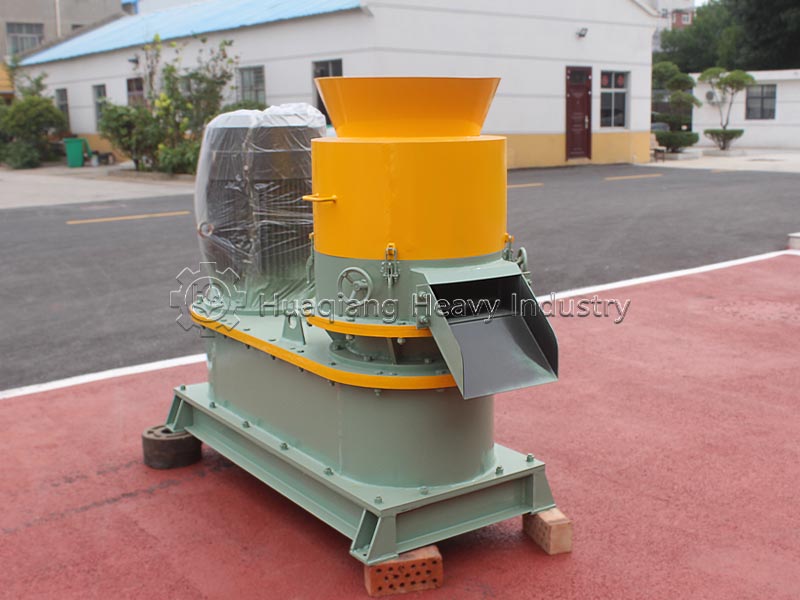




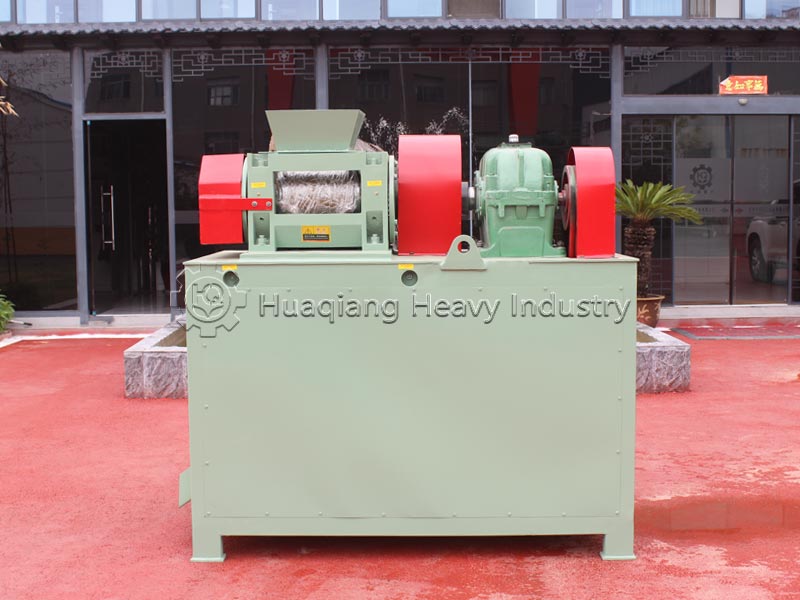
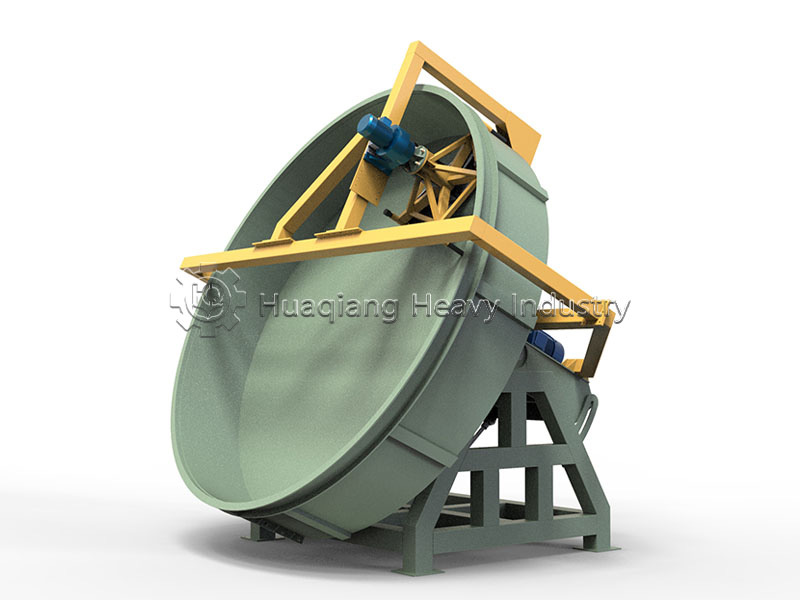
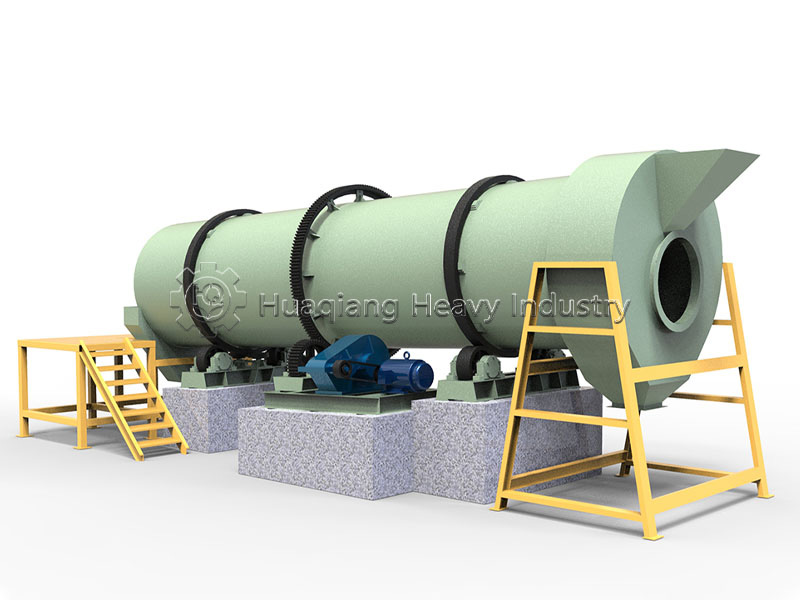
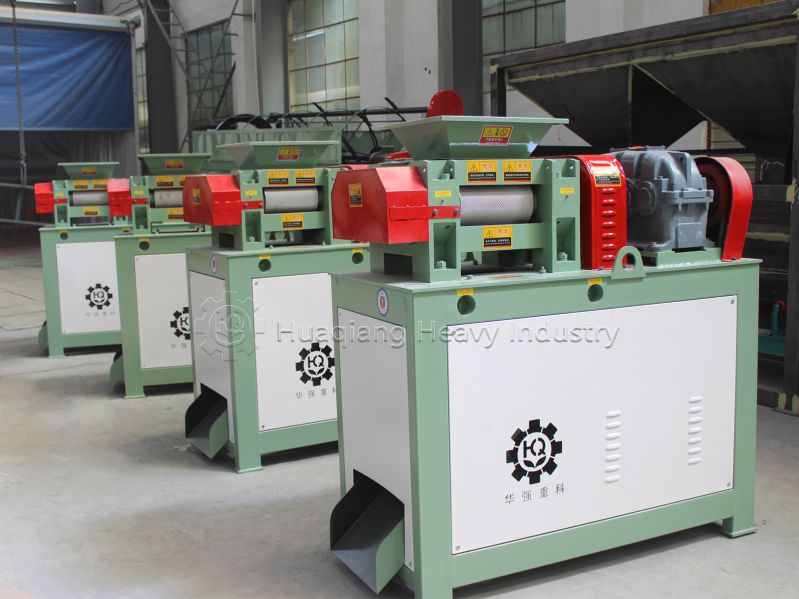
.jpg)
